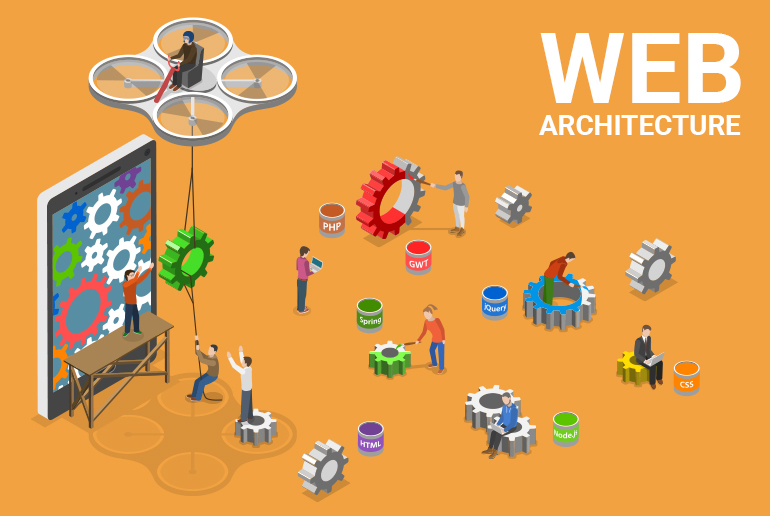Why Use Creative Problem Solving?
Managing hindrances and difficulties is a standard piece of working life, and beating them isn’t in every case simple. To enhance your items, administrations, correspondences, and relational abilities, and for you and your association to exceed expectations, you have to energize creative reasoning and find inventive arrangements that work.

CPS requests that you separate your “unique” and “united” thinking as an approach to do this. Dissimilar reasoning is the way toward producing heaps of potential arrangements and conceivable outcomes, also called conceptualizing. Also, concurrent reasoning includes assessing those choices and picking the most encouraging one. Frequently, we utilize a blend of the two to grow new thoughts or arrangements. Notwithstanding, utilizing them at the same time can result in uneven or one-sided choices, and can smother thought age.

Center Principles of Creative Problem Solving
1. Unique and merged reasoning must be adjusted. The way to the imagination is figuring out how to recognize and balance different and united reasoning (done independently), and realizing when to rehearse every one.
2. Ask problems as inquiries. When you reword problems and difficulties as open-finished inquiries with numerous potential outcomes, it’s less demanding to think of arrangements. Soliciting these sorts from inquiries produces loads of rich data while making shut inquiries will, in general, evoke short answers, for example, affirmations or contradictions. Problem proclamations will, in general, produce restricted reactions, or none by any stretch of the imagination.
3. Concede or suspend judgment. As Alex Osborn gained from his work on conceptualizing, making a decision about arrangements at an early stage will in general close down through age. Rather, there’s a fitting and fundamental time to pass judgment on thoughts amid the intermingling stage.
4. Concentrate on “Indeed, and,” as opposed to “No, however.” Language matters when you’re creating data and thoughts. “Truly, and” urges individuals to extend their considerations, which is vital amid specific phases of CPS. Utilizing “yet” – gone before by “yes” or “no” – closes discussion, and frequently discredits what’s preceded it.

THE PROCESS
Investigate the Vision
Recognize your objective, want or test. This is a critical initial step since it’s anything but difficult to accept, mistakenly, that you comprehend what the problem is. Be that as it may, you may have missed something or have neglected to comprehend the issue completely, and characterizing your target can give clearness.
Accumulate Data
Once you’ve recognized and comprehended the problem, you can gather data about it and build up an unmistakable comprehension of it. Make a note of subtle elements, for example, who and what is included, all the significant actualities, and everybody’s sentiments and assessments.
Plan Questions
When you’ve expanded your consciousness of the test or problem you’ve recognized, make inquiries that will produce arrangements. Consider the snags you may confront and the open doors they could display.
Investigate Ideas
Create thoughts that answer the test addresses you recognized in stage 1. It tends to entice consider arrangements that you’ve attempted previously, as our personalities will, in general, come back to ongoing reasoning examples that prevent us from creating new thoughts. Be that as it may, this is an opportunity to utilize your imagination. Conceptualizing and Mind Maps are extraordinary approaches to investigate thoughts amid this disparate phase of CPS.
Supplant all open, unstructured discourse with a reasonable procedure. At first this will totally feel peculiar, suspicion can be seen on the essences of originators who are accustomed to doing combating through enthusiastic back-and-forths with partners until in the long run, one individual surrenders or somebody says “we should test it” (frequently utilized as an ‘escape imprison card’ for anybody needing to end a dubious talk). Opportunity to talk about might appear to be helpful for imagination when it’s, truth be told, the adversary. Structure and Discipline make the Freedom should have been created.
This as a prologue to the rule of Removing Discussion as opposed to the “best way to do it”.




